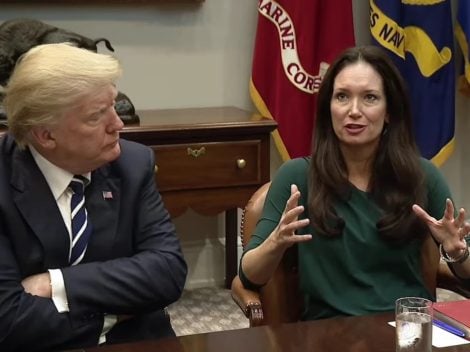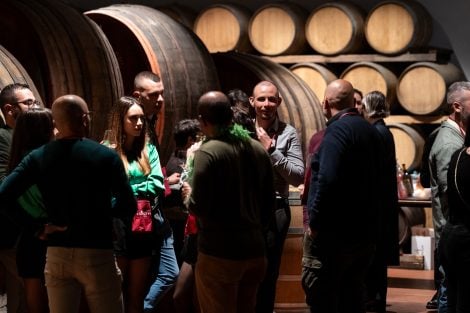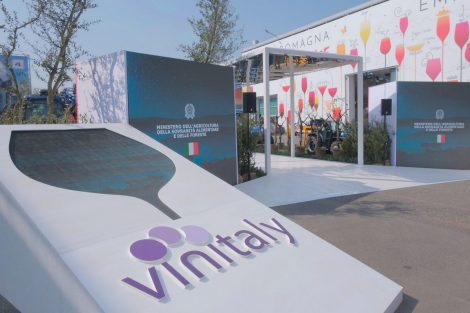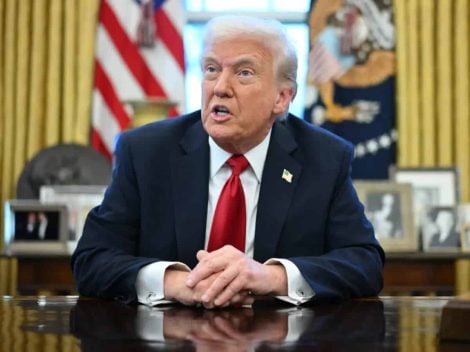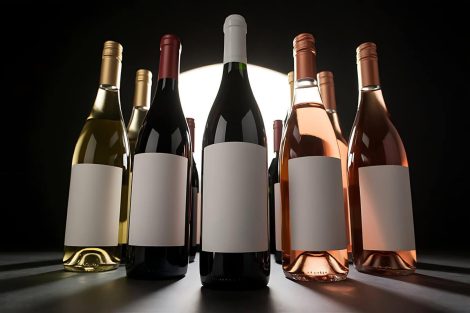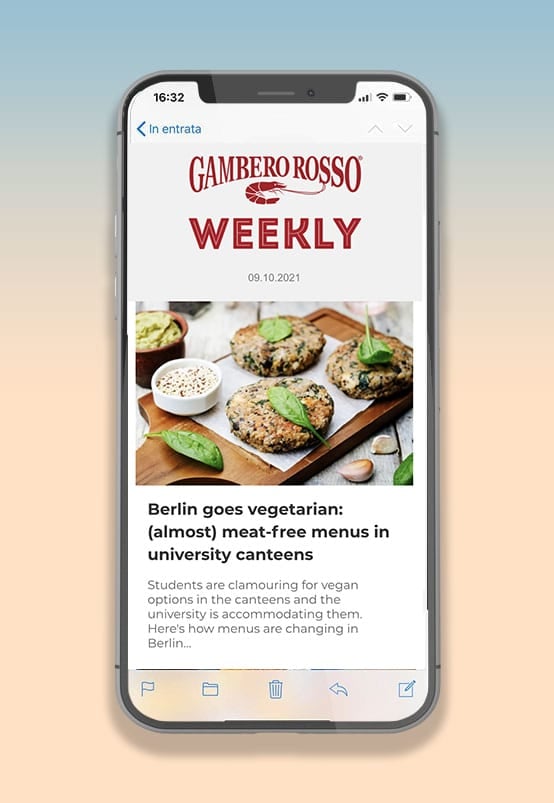Her first Vinitaly was at the age of 16, accompanying her uncle Giusto Occhipinti (one of the three founders of the COS winery). She studied oenology in Milan but found herself frustrated by the conventional approach, drawn instead to artisanal and natural wines. She explored viticulture in France and Spain. Fiercely attached to the Iblean territory: “Being a winemaker means putting down roots.” In love with Frappato, the signature grape of the Vittoria area, “with characteristics similar to Nebbiolo and Pinot Noir.” At a very young age, she built her winery almost from scratch in the early 2010s. Committed to biodiversity: “I have 40 hectares of vineyards but also 40 hectares of biodiversity with woodland, wheat and olive groves. Biodiversity is added value for wine, and at the same time, there would be no care for biodiversity without the driving force of wine.” She is fully aware of the enormous potential of the Iblean districts and full of plans for the future. Meticulous, bold, and unstoppable, with a wide smile. All this and much more is Arianna Occhipinti, an iconic natural wine producer in the Cerasuolo di Vittoria area, who this year takes part in Vinitaly for the first time.
You're back at Vinitaly. What happened to make you change your mind?
In the past, I had been to Vivit (Vigne, Vignaioli, Terroir), the hall dedicated to natural wines made from organic and biodynamic grapes within the main fair, and I always did the off-site salons. Now a big change is needed. No one should be afraid to engage and be among others. By now, I have a solid identity that allows me to be here. We can talk to professionals who know what “cru” means, which is fundamental to appreciating my single-vineyard wines. And then, good wine is universal.
But why wasn’t this possible before?
Twenty years ago, change was necessary. The wine world was plagued by uniformity—everyone drank the same things. And many producers mistreated their vineyards. So a revolution took place.
And you were a champion of that revolution…
Yes. These past 20 years have been beneficial for everyone.
But is there something that no longer works in the off-site fair circuit?
Over the last two years, I’ve taken part in Summa: I really like the identity of that event. However, I think there’s now too much fragmentation with the various artisan wine fairs.
In what sense?
In the past, we had events packed with people tired of standardised wines. Today, at these events, you sometimes find extraordinary producers with well-known brands, but no one visits their stands. There's too little turnout—no critical mass. We shouldn’t fragment our audience.

And at Vinitaly instead?
Here we can fully capitalise on trade opportunities. I’ve had interesting visits from quality restaurateurs like Sarah Cicolini from Santo Palato in Rome and La Branca in Genoa. Other artisanal producers have told me: “I’m proud of your choice. You’re the first to make the change.”
So, has Vinitaly become a welcoming place?
Vinitaly has understood what it must do to survive. For example, it’s opened up significantly to Raw Wine. That’s part of good management: understanding where to go before decline sets in. That’s something Prowein, for example, hasn’t been able to do. Vinitaly, instead, remains an international benchmark, thanks also to its openness to wine world innovations.
This year, though, Vinitaly has been marked by the tariff crisis imposed by Trump. How are you dealing with this phase?
For me, the US market is crucial—it accounts for 35–40% of my sales. However, mine is a strong brand (I don’t enter the US market simply as “Sicily”), and luckily, loyal customers won’t give up on buying. Someone who already pays $40 for one of my bottles is willing to pay $60. Of course, this pushes up the price positioning, and the younger demographic might be excluded. The problem with the tariffs is that now they’re on hold for 90 days until things become clearer. Many importers will ask to split the cost. Others will pass it on to consumers. For now, our importer’s order is the same as last year.
Is your return to Vinitaly also a chance to celebrate 20 years of your Frappato?
I always say that Frappato and I took each other by the hand. I needed a beautiful, elegant grape with great oenological potential. Frappato just needed a little elevation—it’s a grape that makes great wines.
So, you’ve strengthened each other…
Now I can enter any wine environment with confidence. Even on my labels, I no longer need to highlight the grape variety—I focus on the districts. For example, the Frappato from Contrada Pettineo, with its red sands rich in iron, is fine and floral. The one from Fossa di Lupo, with stony and more calcareous soil, is bursting with energy.
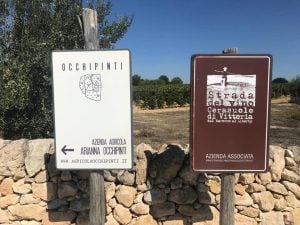
Who were your inspirations when you started out?
At the beginning, in Italy, it was Giovanna Morganti and Elisabetta Foradori. They made great natural wines—clean and elegant. But careful: my winemaking method is not the end goal. The goal is to make a great wine of terroir.
Is that a message to your fellow natural winemakers?
Breaking out of a cultural ghetto has always set me apart. Many of these colleagues seem at odds with conventional wine producers, but deep down, they’re at war with themselves. I’ve been a member of Assovini for years now—with mutual satisfaction. I sit on the board and contributed to writing the guidelines for the Sostain project. My identity doesn’t get lost just because I collaborate with these other producers.

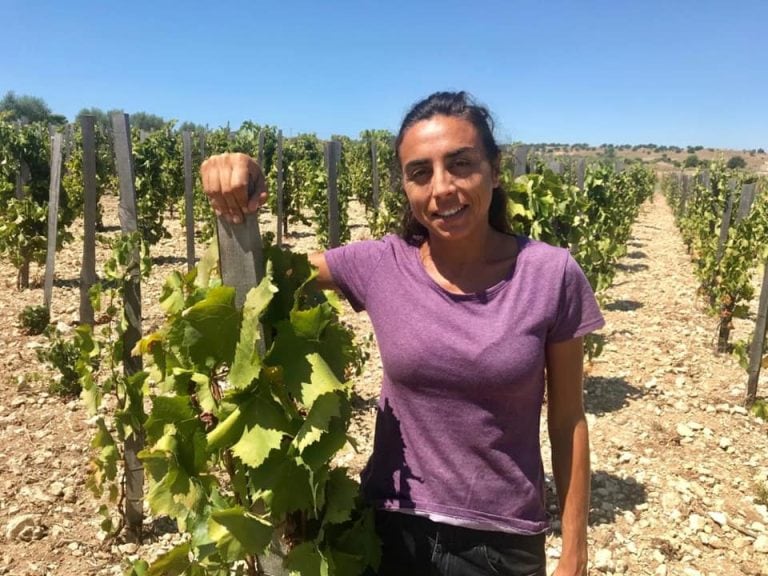
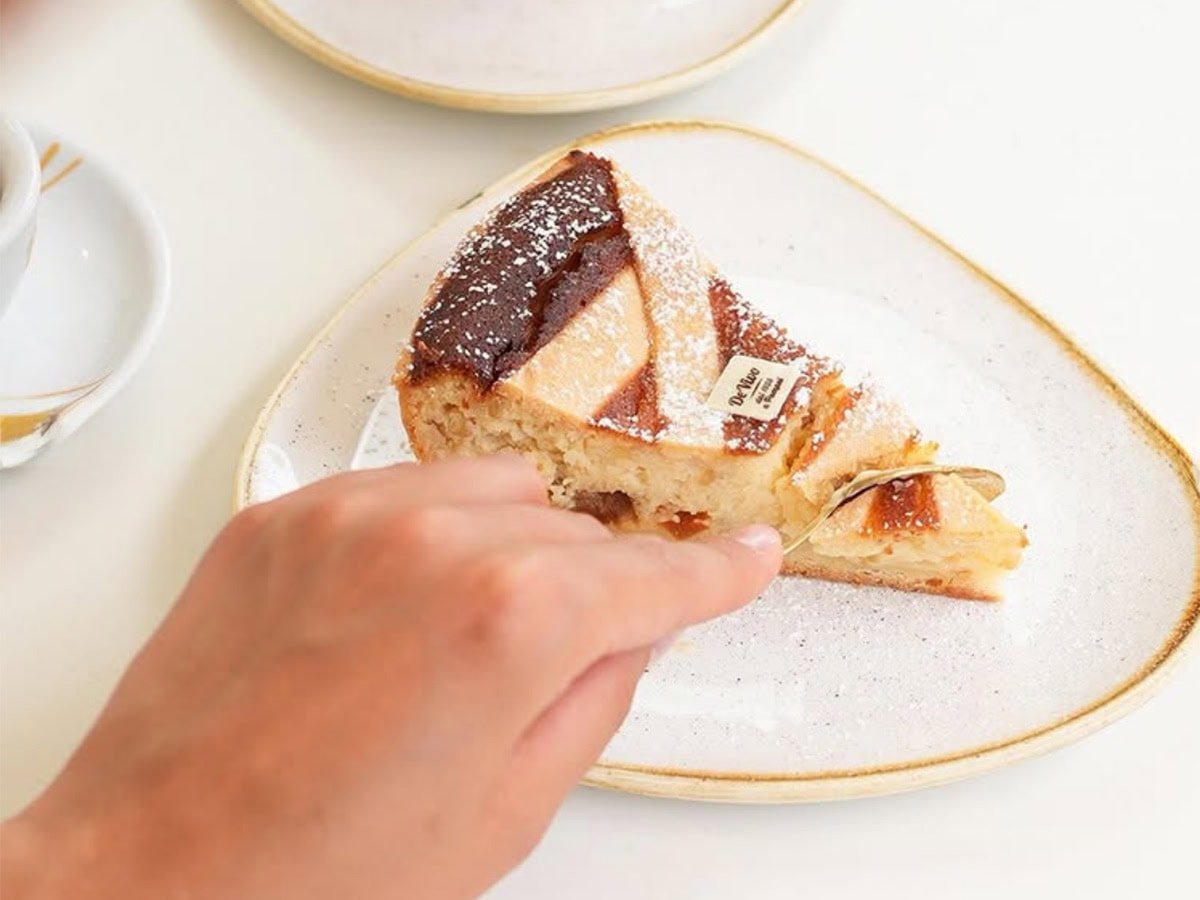 The top patisserie just steps from the Pompeii ruins where you can enjoy exceptional pastiere and croissants
The top patisserie just steps from the Pompeii ruins where you can enjoy exceptional pastiere and croissants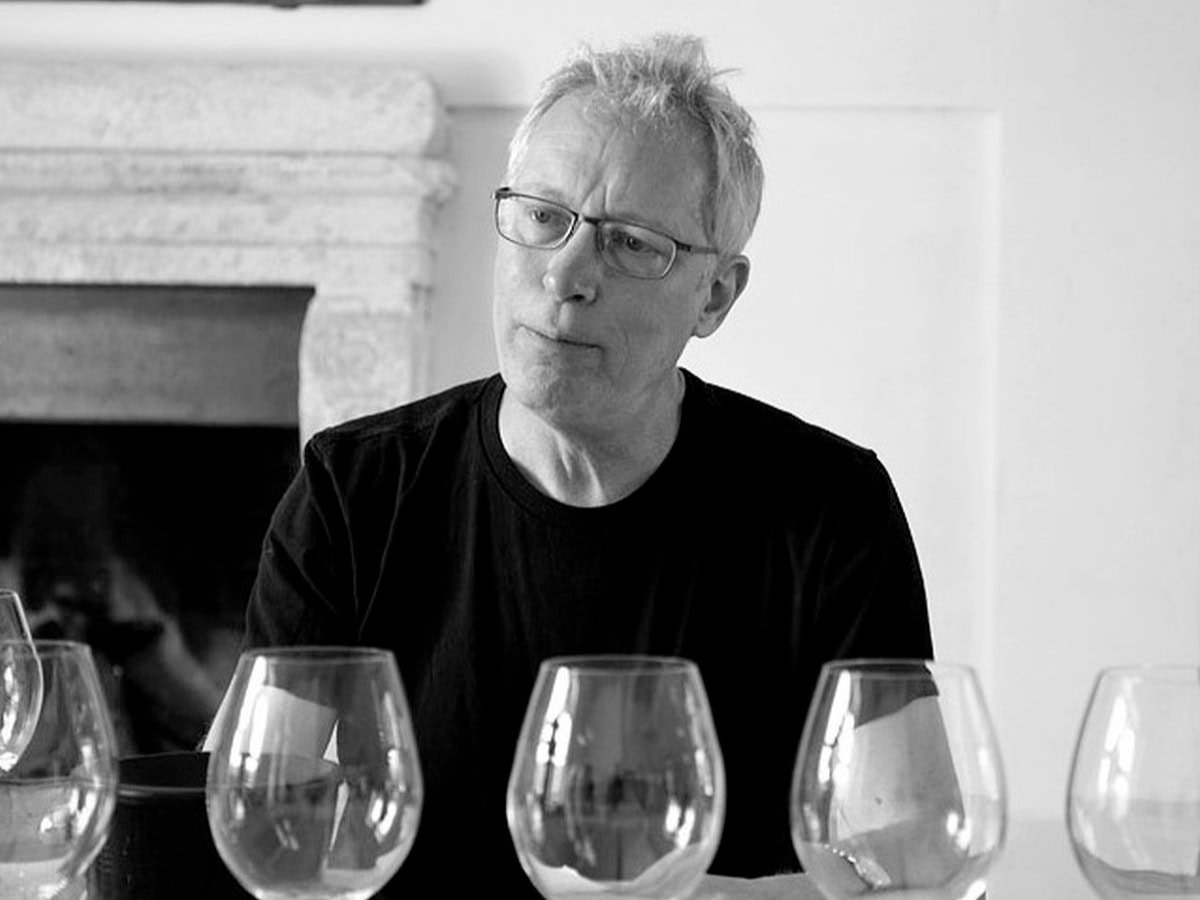 Tariffs? “The wine market will be dominated only by big groups.” Eric Asimov of the New York Times speaks out
Tariffs? “The wine market will be dominated only by big groups.” Eric Asimov of the New York Times speaks out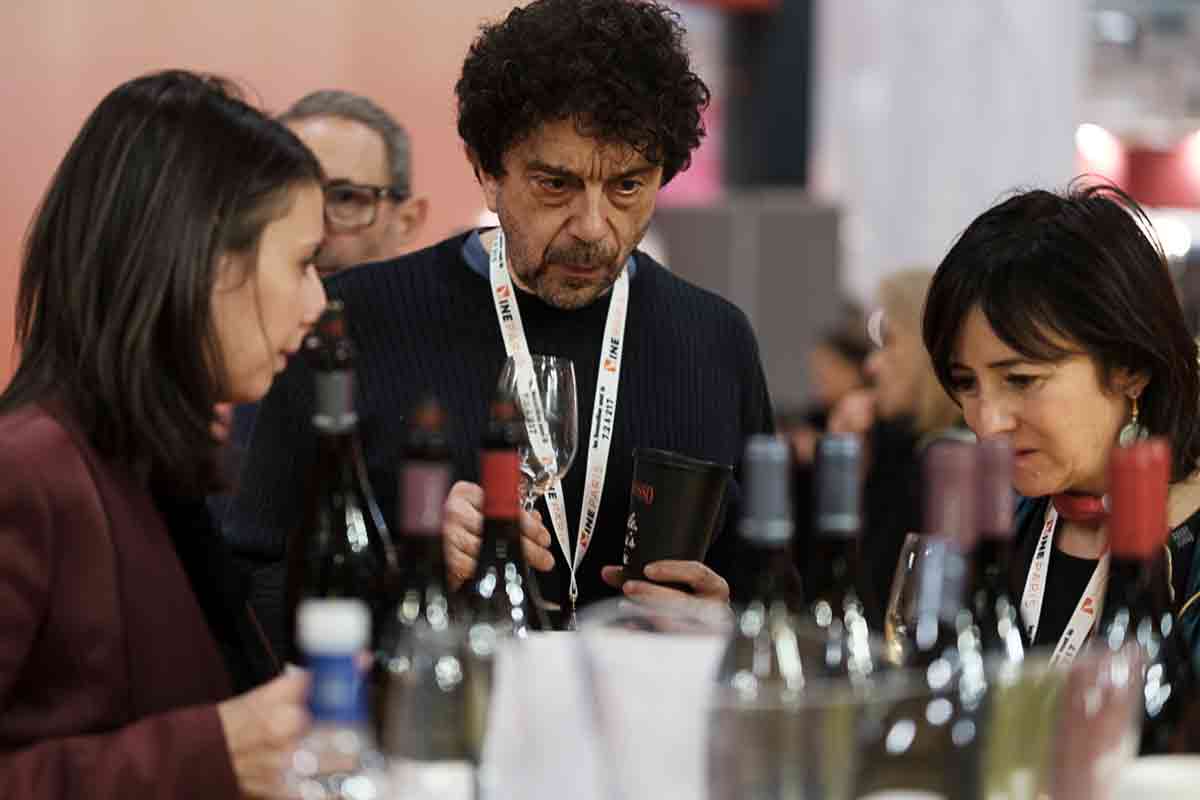 Tre Bicchieri meets Wine Paris
Tre Bicchieri meets Wine Paris Fewer bottles, more by-the-glass: how to build the wine list of the future
Fewer bottles, more by-the-glass: how to build the wine list of the future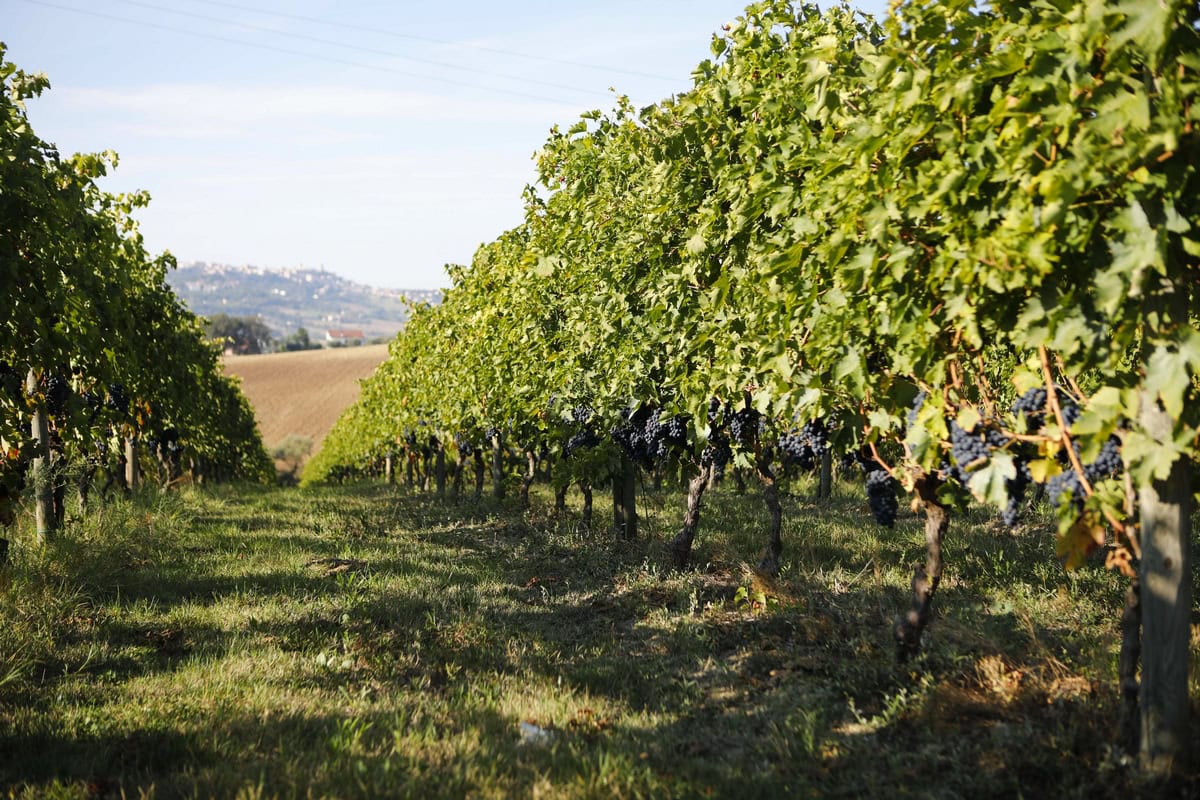 The Moncaro collapse impacts Marche wines. But average price rises
The Moncaro collapse impacts Marche wines. But average price rises